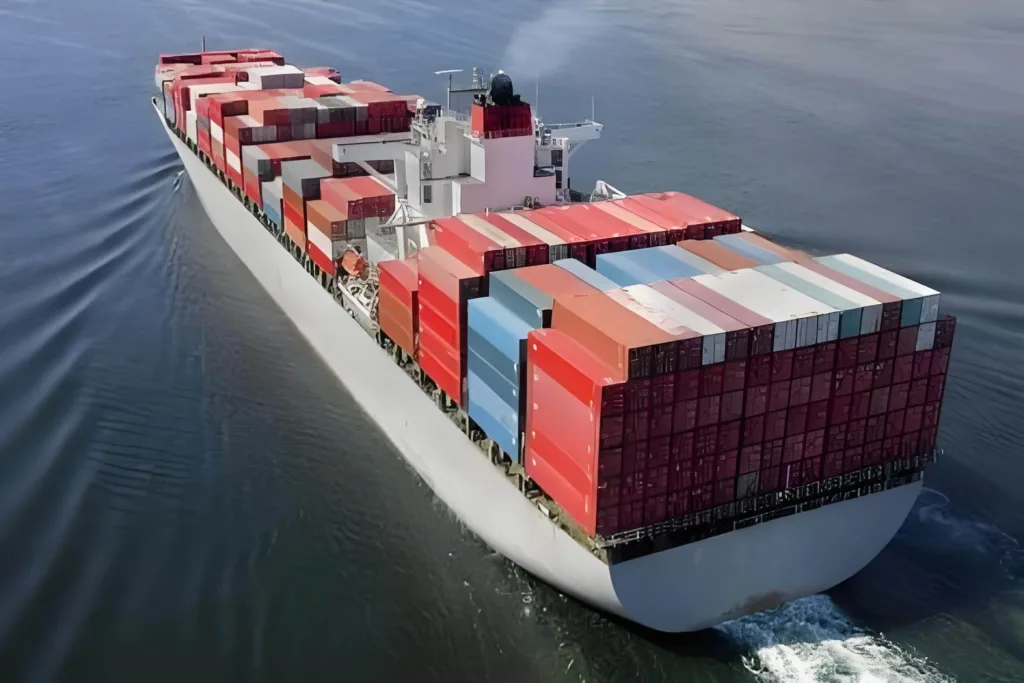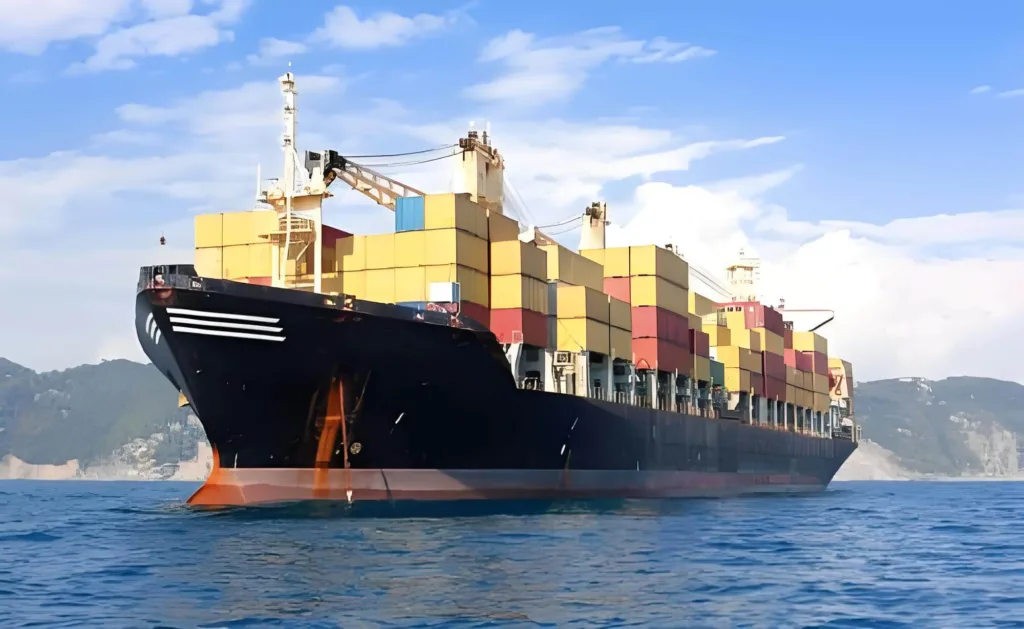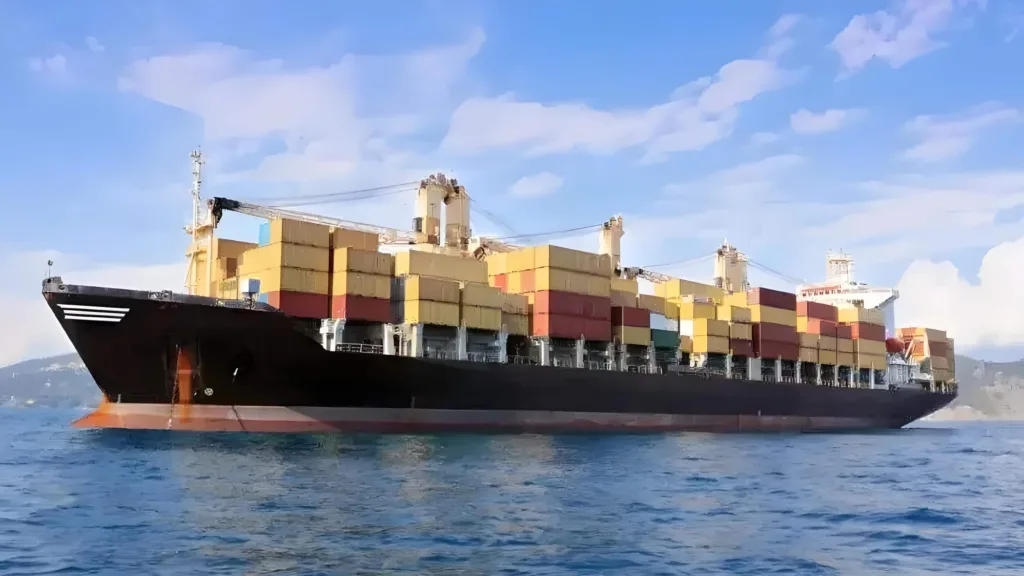Introduction
Maritime shipping companies and shippers’ primary objectives are to safely transport containers without accidents and threats to their security. The design of a cargo securing system determines how a cargo is to be protected from shifting or tipping or any danger that may be on its way. Based on the above mentioned elements, this article discusses modern concepts of designing on the cargo securing systems and with a focus on cont _orary container lashing systems to improve safety and operational performance in the maritime shipping industry.

Interpreting Compartmentalization in Marine Transportation
Stowage in maritime shipping is a way of ensuring that every container remains fixed in place on a specific vessel in such manner that does not cause movements that pose threats to human life or property. These Systems are important in withstanding the various forces that are experienced at seas including waves, wind and any ship movement. It is essential that the design and the implementation of these systems meet particular specifications standard to ensure the protection of the cargo and the crew.

Essential Componets of Designing of Cargo Securing Systems
They all play an individual part in the effector of the complete system and leading to make certain that the containers are securely confined throughout a particular voyage.
1. Assessment of Cargo Characteristics
Weight and Dimensions: The first thing that needs to be considered of when designing a cargo securing system is the weight and size of the container. The larger and heavier the containers are the more force is needed to secure them in place, to accomplish this more forceful tools are used such as twist locks, lashing rods and turnbuckles.
Cargo Type: In other words, the ways in which various types of cargo have to be secured also differ to a certain extent. For instance, weak items may need enhanced protection by the use of cushioning or flexible restraining using polyester straps while large pieces may need rigid restraining by the use of lashing rods and corner castings.
Stacking Configuration: Stowage pattern of the containers affects the nature of the securing system since containers are stacked on the vessel. This manner of stacking should not pose any threat on the stability of the cargo as this would have been preliminary assessed.
2. Selection of Securing Equipment
Twist Locks and Base Twist Locks: These are some of the basic features used in securing of container that are on top of the other. Selection of twist locks depends with the weight of the container to be transported and the kind of sea condition expected.
Lashing Rods and Turnbuckles: Lashing rods and turnbuckles are very important tools to be used in the restraint of containers especially during stormy weather at sea. They enable the setting of tension and that guarantees that the containers are firmly fixed during some ship movements.
Bridge Fittings and Corner Castings: These gives extra strength and bearer for piled up containers, most especially where containers are piled up or where the vessel will be meeting with tough sea conditions.
Guide Cones and Stacking Cones: These components help in properly positioning container especially when they are stacked as this enables proper fixing without the likelihood of the containers shifting during transportation.
3. Consideration of Environmental Factors
Sea Conditions: To influence the selection of the type and size of the cargo securing system, account must be taken of the sea conditions. When it comes to passages over the turbulent sea, the system should be able to bear great waves and gusting wind. This is often done by incorporating different higher grade material and more advanced securing systems.
Temperature and Corrosion Resistance: The materials used in the securing system should therefore be such that they do not corrode especially where they are to be used in salt water. Stainless or galvanized steel parts are often applied for the enhancement of the product life span. Besides, the system should be suitable for working at low and high temperatures without reducing its efficiency.
4. Compliance with International Standards
IMO Guidelines: The International Maritime Organization (IMO) gives direction on securing of the cargo safely. These guidelines should be adhered to the letter in a bid to conform to the international norms.
ISO Standards: For example, ISO 3874 and ISO 1161 give particular specifications of cargoes securing gear and containers dealing with. It is critical that all of the components herein conform to these standards in terms of safety and as well as other regulatory requirements.
Classification Societies: The actual requirements for the cargo securing systems may also vary in organizations like DNV GL and Lloyd’s Register. The above mentioned standards have to be implemented in any designed system to be certified and to operate safely.
5. Regular Testing and Simulation
Load Testing: During the implementation of this concept, the cargo securing system should be subjected to load testing in an attempt to determine the maximum forces that a given unit of the system is likely to experience on the road. This involves performing things like checking the holding power of twist locks, lashing rods along with other parts of the securing system under the conditions likely to be encountered in the sea.
Simulation Drills: When simulation drills are done, one is able to identify possible loopholes in the securing system. These exercise must mimic real sea conditions in ordr to give realistic information on the efficacy of the system.
Routine Inspections: It is therefore important for an inspection to be carried out on the securing system every time the vessel is discharged and after every voyage. There shouldn’t be any sign of wear and tear that should be allowed to persist to an extent that the whole system is damaged completely.
6. Training and Crew Preparedness
Comprehensive Training: It means that all the crew members who are supposed to secure the carriage of the cargo should undergo sufficient trainings with regard to the use and operations of the mentioned securing system. This also comprehends aspects concerning proper installation of twist locks and observational skills as well as correct lashing rods positioning.
Emergency Procedures: Such means of training include rehearsal on emergency procedures concerning cargo securing. This involves measures to observe in case of failure to obtain securing or other unanticipated sea conditions that may threaten the cargo safely.
Continuous Education: Evaluating the state of the art technologies/standards in cargo securing and staying abreast with the changes will go a long way in ensuring safety on the crew and ship.

Proper strategies to be applied on cargo securing systems
To ensure the highest level of safety and efficiency in maritime shipping, consider the following best practices:To ensure the highest level of safety and efficiency in maritime shipping, consider the following best practices:
Use High-Quality Materials: When designing a product that is to be mass produced always ensure that the materials used contain qualities that are not less than the standard mechanical properties of other similar products in the market. This comprises of stainless steel twist locks, hi-tensile lashing rods and high –corrosion turnbuckles.
Customized Solutions: Therefore, create the cargo securing system in accordance with the requirements for the actual voyage to take place. They can also involve configuring the system according to the type of cargo, sea conditions expected during the voyage as well as the configuration of the vessel in question.
Regular Maintenance: It is recommended that the components of the securing system are given scheduled checks so that if any part is found to be in poor condition, then it is replaced as soon as possible. This also assists to avoid failures and guarantee longevity of services.
Documentation and Compliance: Document the securing system design, installation, and maintenance work in an excellent manner, keeping most comprehensive records possible. This should be met by ascertaining that all the processes undertaken meet germane International Standards and Guidelines.
Conclusion
The process of cargo securing is one of the most important components that have to be considered in order to guarantee the optimal transportation of containers in the maritime industry. By understanding these factors including deformity of the cargo, type of the environment and compliance to international standard, major hardships can be reduced on seaborne operations. Additional measures will still be undertaken through the continous update of best practices as well as an improved training and maintenance program for the cargo securing systems.